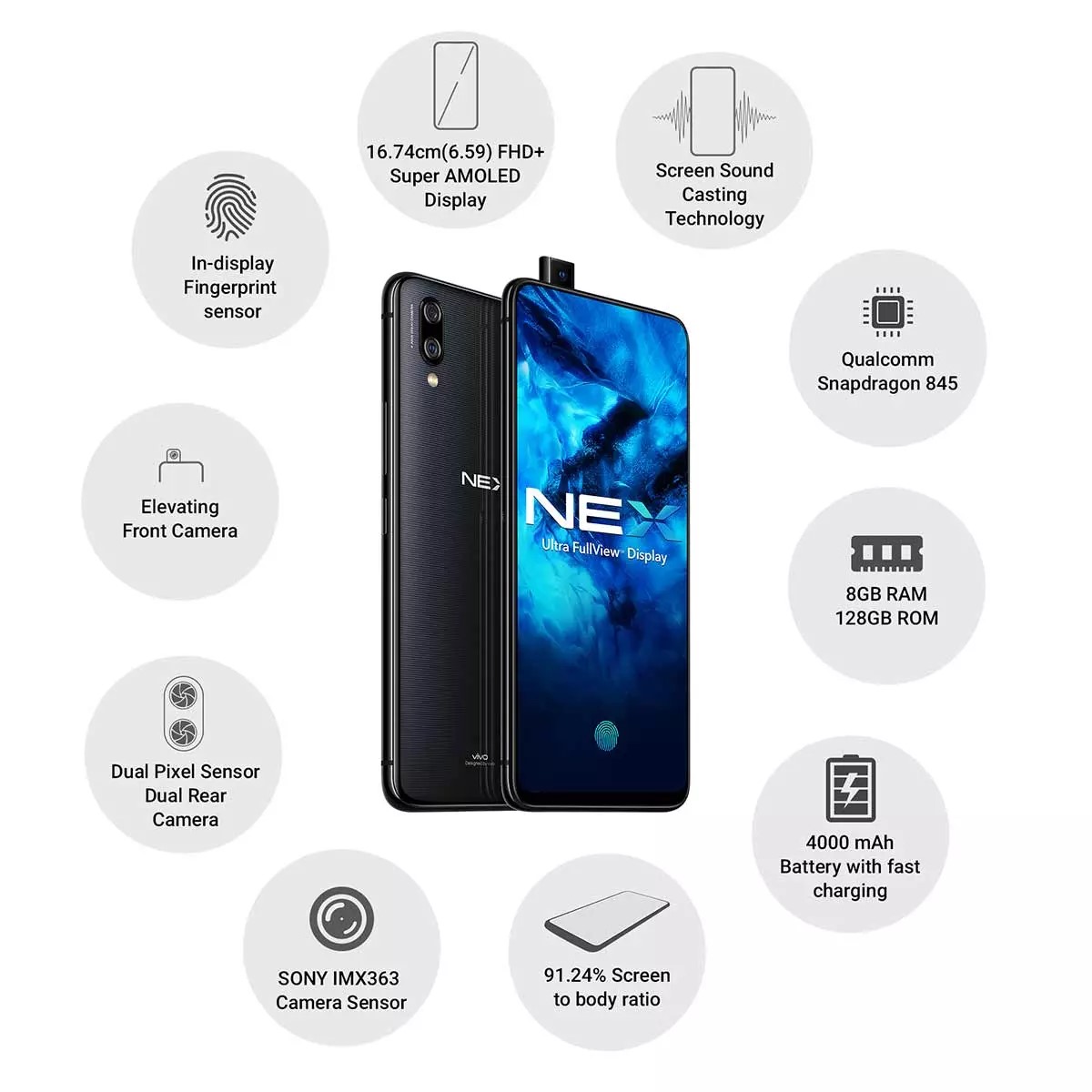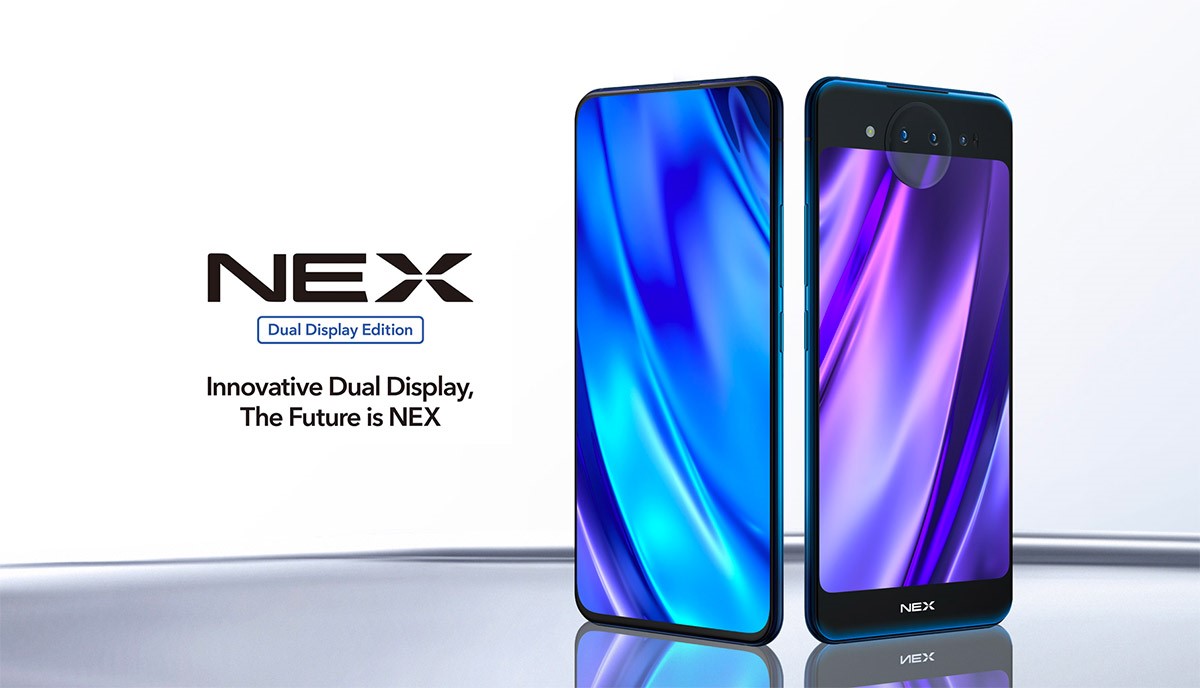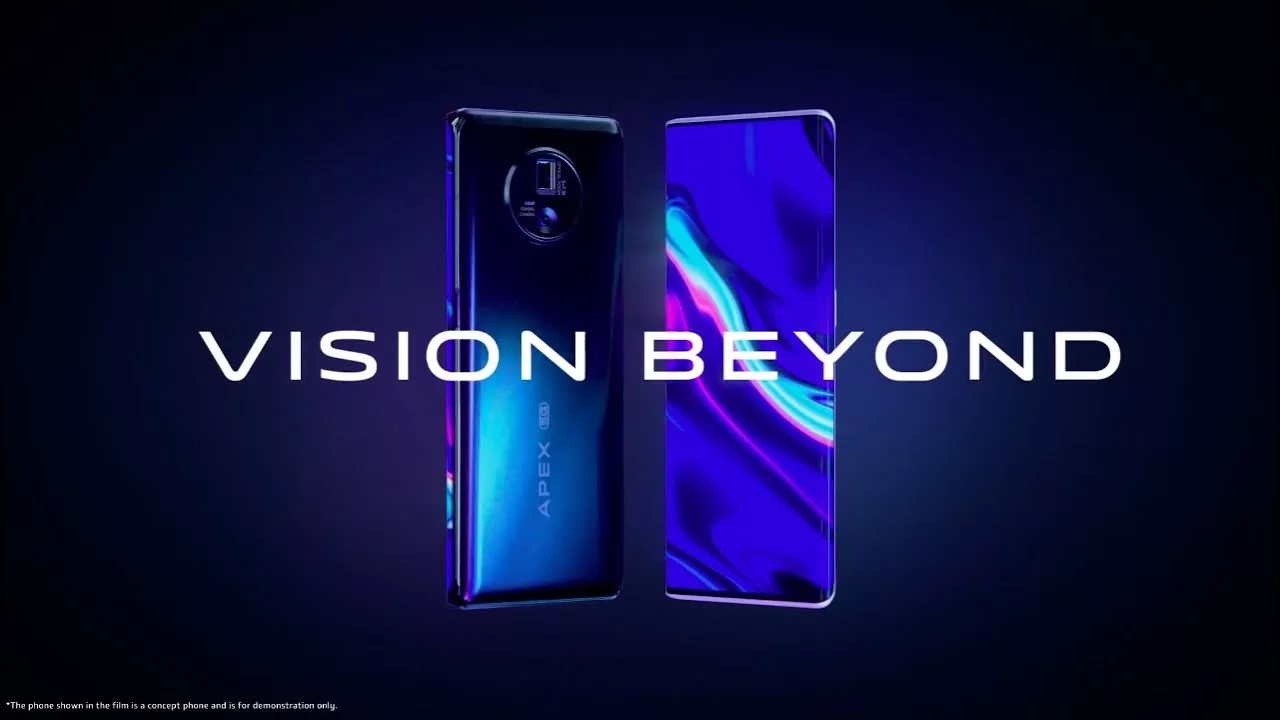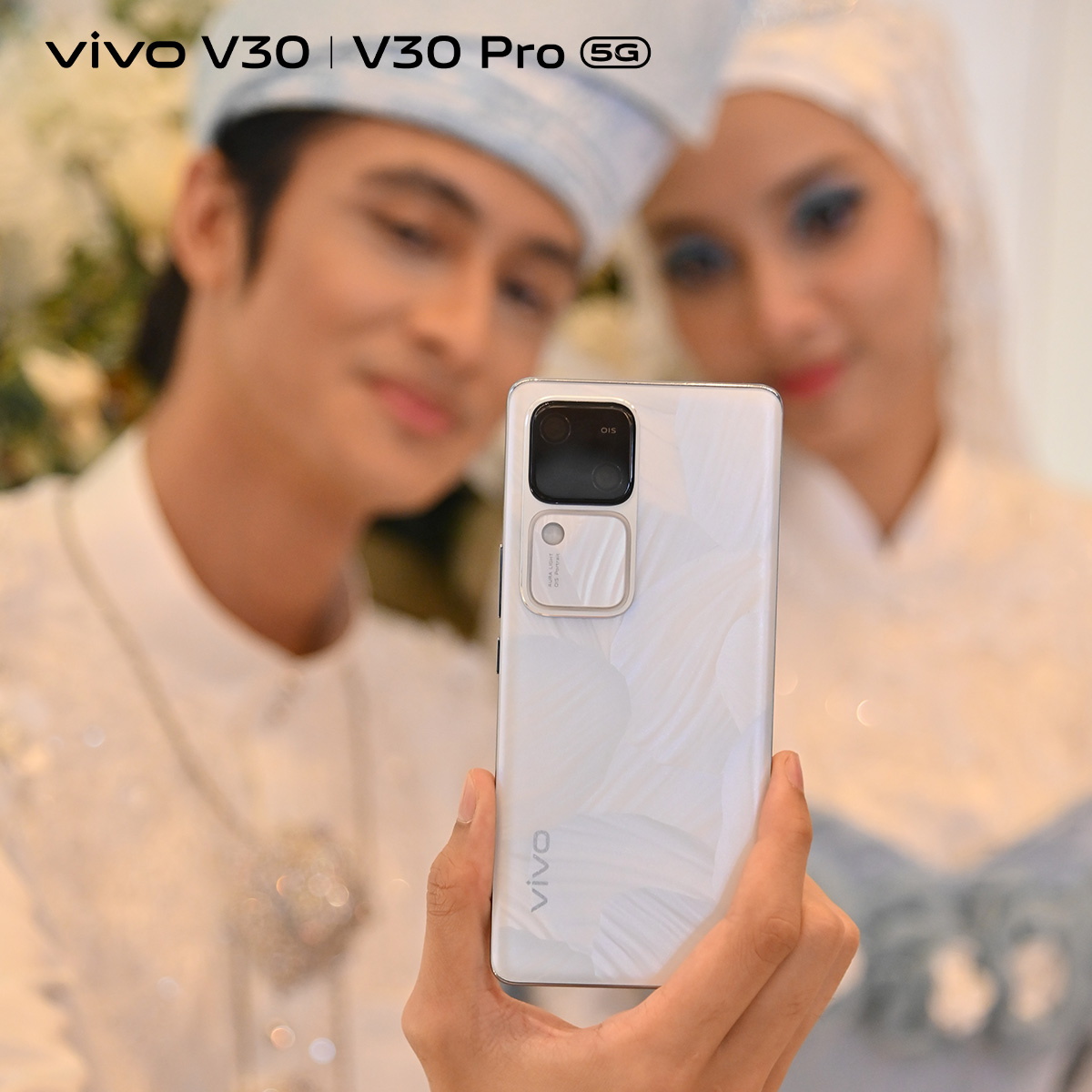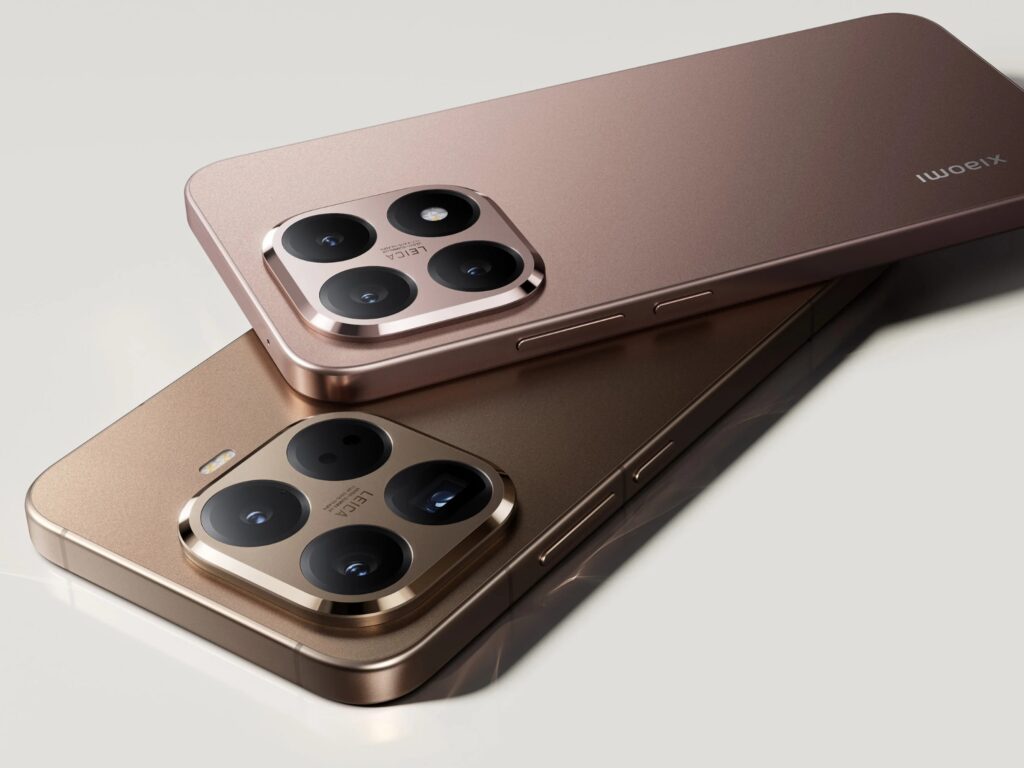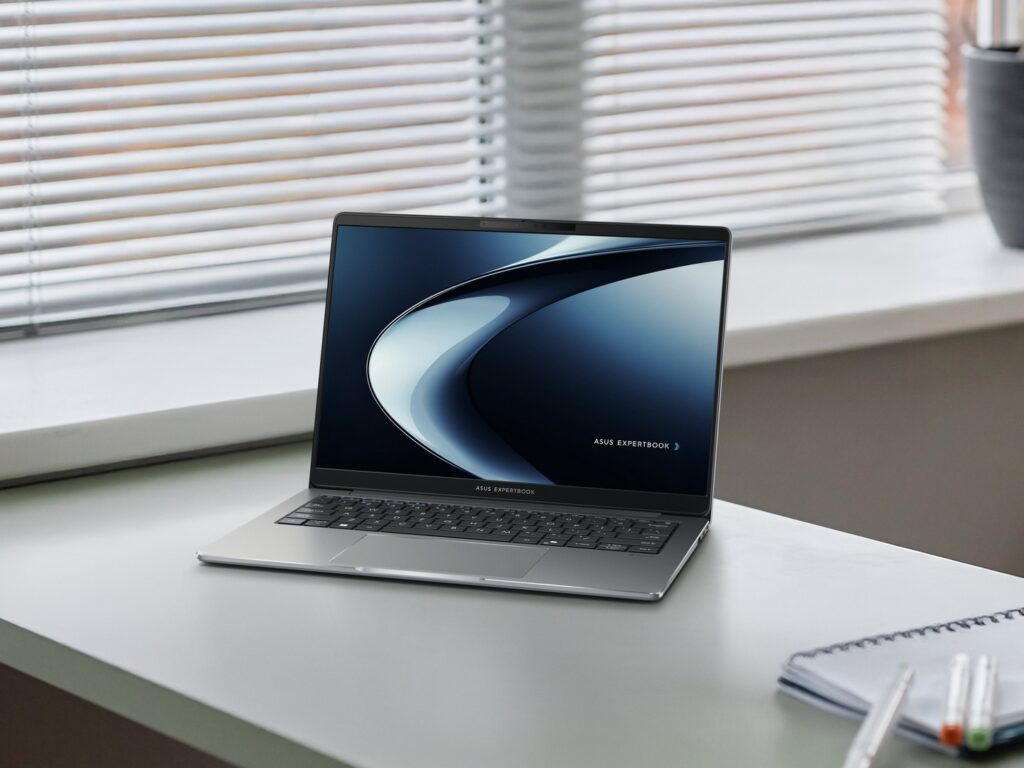vivo, a name synonymous with cutting-edge technology and sleek design, has established itself as a major player in the ever-evolving smartphone landscape. The company’s relentless pursuit of innovation has resulted in a string of industry “firsts” that have not only redefined mobile experiences but also set the stage for future advancements. Let’s embark on a journey through vivo’s trailblazing achievements:
The Journey of vivo
The Era of Slim Elegance and Hi-Fi Audio (2012):

In 2012, vivo burst onto the scene with the vivo X1, a phone that redefined what a smartphone could be. At a time when chunky devices dominated the market, the X1 stunned the world with its incredibly thin profile – a mere 6.55mm. This audacious feat of engineering not only made the X1 a head-turner, but it also ushered in a new era of premium smartphone design that prioritised sleekness and portability.
However, the X1 wasn’t just about aesthetics. Beneath its slim frame, vivo packed a powerful punch with a dedicated Hi-Fi audio chip. This was a groundbreaking move at a time when smartphone audio quality was often an afterthought. The X1 delivered exceptional sound reproduction, catering to music lovers and those who craved a richer multimedia experience. This innovative combination of ultra-thin design and premium audio quality showcased vivo’s commitment to both aesthetics and functionality.
The X1’s success wasn’t just about individual features; it was about the complete user experience. The phone’s slim profile made it comfortable to hold and use for extended periods, while the superior audio quality transformed how users enjoyed music and videos. This winning combination not only propelled vivo to the forefront of the smartphone industry but also set the stage for a future where smartphones could be both incredibly stylish and technologically advanced.
Revolutionising Display Technology with the Pop-Up Camera (2018):
The year 2018 marked a pivotal moment in smartphone history with the arrival of the vivo Nex. This phone wasn’t just another iteration; it was a revolutionary device that shattered expectations and redefined the way we interact with our smartphones. The crown jewel of the Nex was undoubtedly its innovative motorised pop-up camera module. This ingenious feat of engineering eliminated the need for a bezel or notch at the top of the display, a design element that had become ubiquitous at the time.
The impact of the pop-up camera went far beyond aesthetics. By removing these intrusive elements, vivo maximised the screen real estate of the Nex, offering users a truly immersive full-screen experience. Imagine holding a phone in your hand where the display stretched from edge to edge, completely unobstructed. This revolutionary design allowed users to enjoy content, games, and videos in a way never before possible on a smartphone.
The vivo Nex wasn’t just a game-changer for vivo; it sent shockwaves through the entire smartphone industry. This pioneering design sparked a trend, with countless other brands rushing to adopt the pop-up camera technology. The Nex became a symbol of innovation and a testament to vivo’s commitment to pushing the boundaries of mobile design. It wasn’t just about creating a phone with a cool feature; it was about fundamentally changing the way users interact with their devices and experience the world around them.
You can check out our experience below with the third incarnation of the Nex; the vivo Nex 3.
A Glimpse into the Future: The Dual Display Concept (2019):
In 2019, vivo unveiled the Nex Dual Display concept, a phone that wasn’t just innovative – it was a captivating glimpse into the future of mobile technology. This revolutionary device wasn’t intended for immediate mass production, but rather served as a bold exploration of unconventional display formats and user interaction possibilities. The defining feature of the Nex Dual Display was, of course, the secondary OLED screen on the back of the phone. This wasn’t just a random addition; it opened up a world of possibilities for how users could interact with their devices.
Imagine a phone where you could use the rear display for a variety of functions. It could transform into a high-quality viewfinder for selfies, allowing you to utilize the phone’s superior rear cameras for capturing stunning self-portraits with perfect framing. This would eliminate the need for a lower-quality front-facing camera, potentially leading to a more seamless design overall.
The possibilities extended beyond selfies. The rear display could be used for gaming, transforming specific areas into dedicated touchpads or buttons, offering a more console-like experience on your phone. It could also display notifications, music controls, or even quick access to frequently used apps, all without having to turn the phone over or interrupting your current activity on the main screen.
While the Nex Dual Display concept ultimately remained just that – a concept – it served a crucial purpose. It showcased vivo’s forward-thinking approach and its unwavering commitment to pushing the boundaries of what a smartphone can be. The phone sparked conversations about the future of mobile interaction and user experience, planting seeds for ideas that might one day become mainstream features. Even though it wasn’t commercially available, the Nex Dual Display left its mark as a testament to vivo’s relentless pursuit of innovation.
The vivo Apex Series
vivo isn’t just about commercially available phones. They also have the visionary Apex series, a showcase for their most cutting-edge and futuristic ideas for smartphone technology. These concept phones aren’t meant to be on store shelves immediately, but rather serve as a peek into what future vivo smartphones (and potentially phones from other brands) might hold. Let’s take a look at a couple of noteworthy Apex phones:
The Apex 2019 (2019) focused on minimalist design with an unspecified rear camera and an in-display fingerprint sensor. But the most intriguing aspect might have been the complete lack of physical ports or buttons. This hinted at a future reliant on wireless charging and gesture controls, a fascinating glimpse into a world where phones are truly seamless.
The Apex 2020 (2020) concept phone pushed the boundaries of the bezel-less display even further with an “invisible” front camera hidden beneath the screen itself. It also boasted a super fast 60W wireless charging system and a pressure-sensitive power button, eliminating the need for traditional buttons.
While there haven’t been any recent Apex phones as of May 2024, vivo’s silence on the concept front doesn’t necessarily mean anything. It’s possible they’re cooking up something exciting behind the scenes.
Beyond Smartphones: The Rise of BlueOS (2023):
vivo’s innovative spirit isn’t confined to smartphones. In November 2023, they made a bold move into the Internet of Things (IoT) landscape with the introduction of BlueOS. This groundbreaking operating system isn’t your typical software. BlueOS is an open-source, distributed system designed to be the brains behind a network of smart devices. Imagine a world where your smartwatch, smart speaker, and even your smart appliances all speak the same language – BlueOS. This system fosters seamless communication and integration, allowing these devices to work together effortlessly to create a truly connected smart home experience.
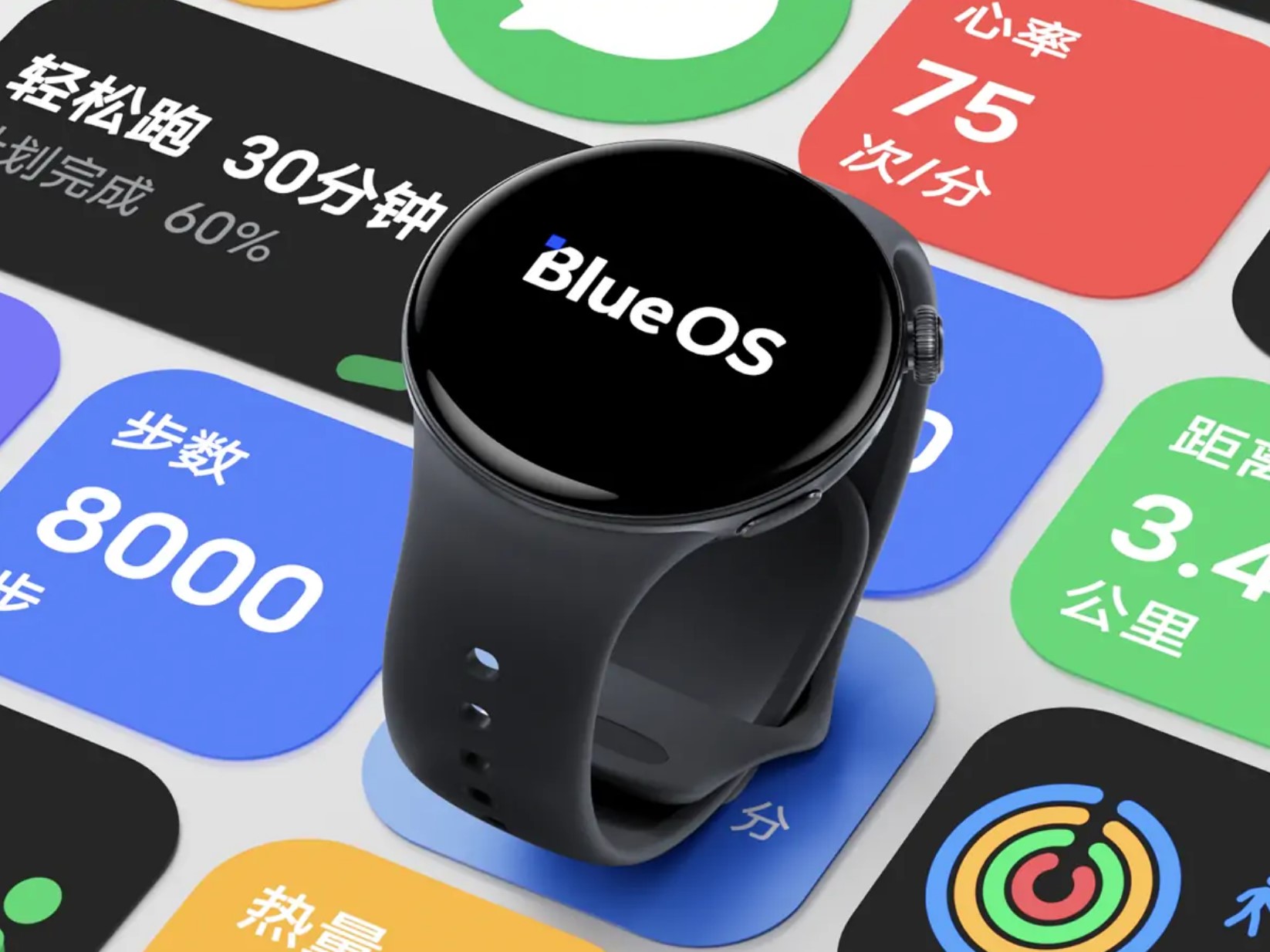
The launch of BlueOS wasn’t just a theoretical concept; it came with a real-world application. The vivo Watch 3 became the first device to leverage the power of BlueOS. This signifies vivo’s commitment to not only developing the platform but also actively building a future powered by it. With BlueOS at the helm, vivo is laying the foundation for a future where our smart devices seamlessly connect and work together, creating a more convenient and interconnected living environment. The possibilities are vast, from automated routines that anticipate your needs to a truly unified smart home ecosystem. BlueOS marks a significant step towards a more interconnected future, and vivo stands at the forefront of this exciting new frontier.
Looking Ahead: A Legacy of Innovation Continues
vivo’s impact on the smartphone industry goes beyond the specific “firsts” they’ve achieved. Their relentless pursuit of innovation is evident in their continuous development of cutting-edge technologies and features. The recent launch of the vivo V30 Series 5G is a prime example. This flagship phone boasts the innovative Aura Light 3.0 and Smart Color Temperature Adjustment features, along with a captivating design and powerful performance, further solidifying vivo’s position at the forefront of mobile technology
vivo’s dedication to pushing boundaries has not only shaped the way we interact with our smartphones but has also redefined our expectations for mobile experiences. As they continue to explore new frontiers with groundbreaking concepts like BlueOS, vivo remains a company to watch, one that is poised to play a pivotal role in shaping the future of technology.

